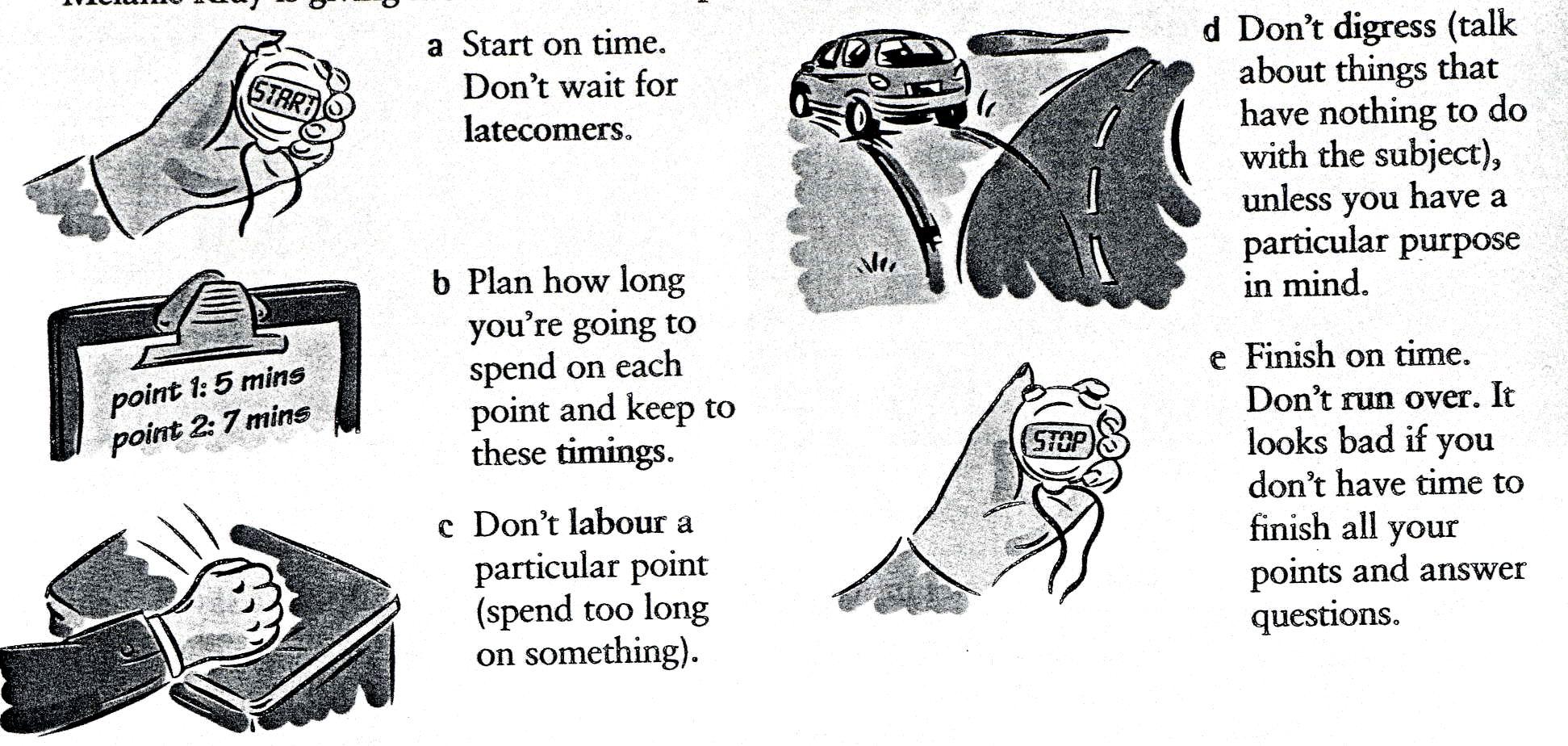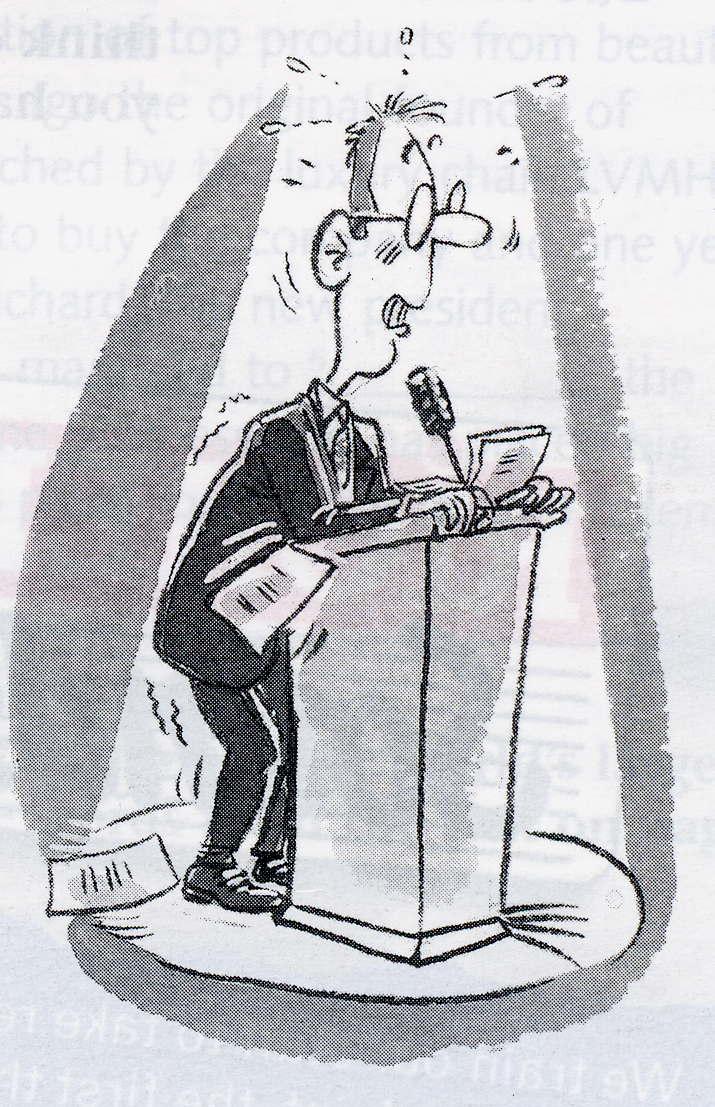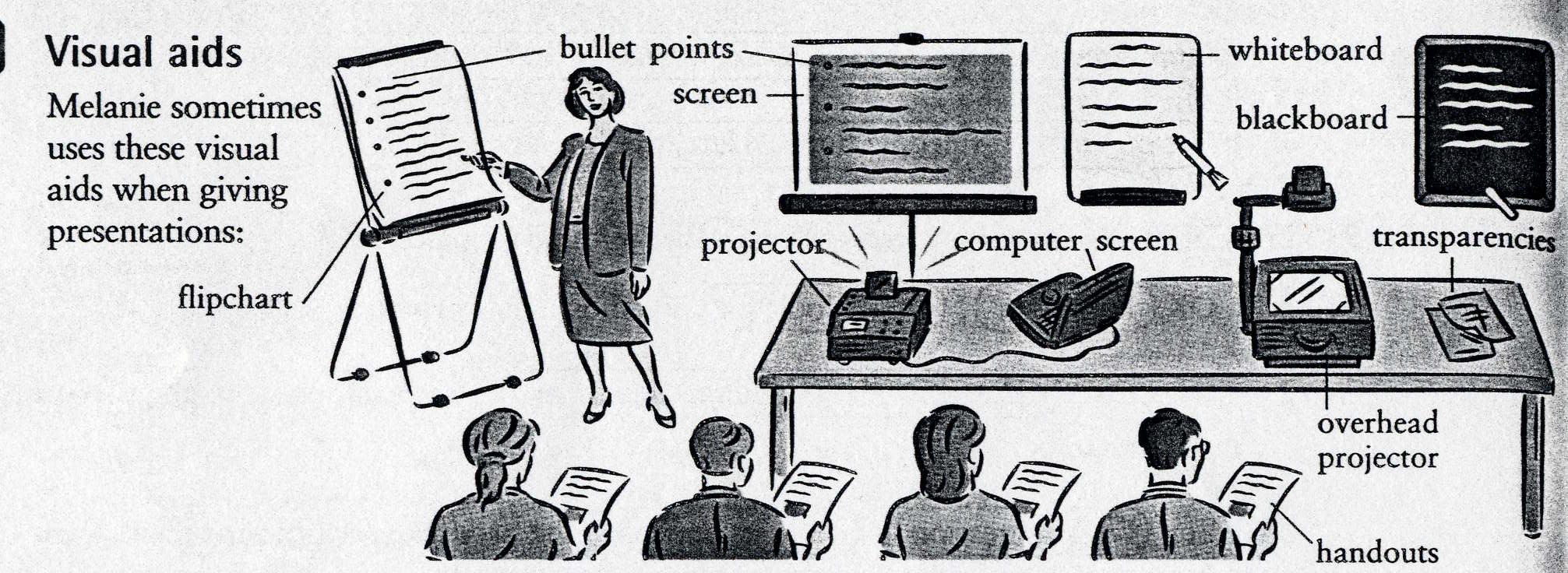
- •If you play your cards right … starting up
- •Business is to make profit for the company’s shareholders.
- •What is your own philosophy of business?
- •Listening
- •What do you think of Body Shop’s business philosophy?
- •Vocabulary
- •Match the words with their meanings
- •Complete the sentences with the words from a. Change the form of a word if required.
- •Reading Developing a Mission Statement
- •The Business Vision and Company Mission Statement
- •Core values
- •Core Purpose
- •Visionary Goals
- •Case study Background
- •Those who go beneath the surface do so at their peril.
- •Starting up
- •Vocabulary
- •Hierarchy
- •Board of Directors
- •Responsibilities/functions
- •Managers and executives: uk
- •Managers and executives: us
- •Philips is a major multinational company which has almost 30,000 trademarks registered worldwide.
- •Reading
- •Look at the photos. Which departments of a company do they represent?
- •Listening
- •Translate from Russian into English
- •Case study Background
- •Unit 3 Organization Forms and Company Presentation
- •Angry scenes as members reject
- •Partnership
- •Unit 4 Key Management Skills
- •Vocabulary
- •For managers, the three key skill types are technical, human and conceptual. Match them to their definitions and examples.
- •Listening
- •Reading
- •Management Skills
- •Supplementary discussion: women in management
- •The Roddick Phenomenon
- •The New Achievers
- •Case study Background
- •Everything that can be said can be said clearly.
- •Starting up
- •What other factors are important for communication? Discuss these questions.
- •I can stay cool when I am in the middle of a conflict.
- •Vocabulary
- •Which of the words above have the following meanings?
- •Reading
- •Hard Sell around the Photocopier
- •Grammar
- •Case study
- •The only place where success comes before work is in the dictionary.
- •Vidal Sassoon, hairstylist
- •Starting up
- •At the Forefront of Innovation
- •Vocabulary
- •New Coke for Old
- •Ford Edsel: Remember My Name
- •Keeping Your Confidence Up
- •1. A four-year contract
- •2. Maximum advertising at the football ground
Angry scenes as members reject
(1) ………………………………….
There were angry scenes at the Suffolk (2) ………………………’s annual meeting as the society’s (3) ………………… rejected by two to one a recommendation from its board that the society be (4) ……………. . Members had traveled from all over the country to attend the meeting in London. The Suffolk’s chief executive, Mr. Andrew Davies, said ‘This is a sad day for the Suffolk. We need to (5) …………….. to bring the society forward into the 21st century. Our own resources are not enough and we need capital from outside shareholders.’
Gwen Armstrong, who has saved with the Suffolk for 32 years said, ‘Keeping (6) ……………….. status is a great victory. Profits should stay with us, and not go to outside shareholders.’
7. Match the sentence beginnings (1-5) to the correct endings (a-e). The sentences all contain expressions from H.
|
|
|
|
|
|
|
|
|
|
8. Answer the questions about your own country.
Is self-employed common in your country? Does the government encourage it?
Name some mutual companies. What sort of reputation do they have?
Are charities important? Which are the most active in your country?
9. Match the terms denoting different types of business organization with their definitions. Use a monolingual dictionary if necessary.
|
Type |
Definition |
|
Charity |
= a firm, usually without commercial activity, created to be parent to other companies. |
|
Company (UK), corporation (US) |
= a friendly association of people; for example, interested in sports. |
|
Enterprise |
= a firm owned by a parent company. |
|
Government agency |
= an organization to relieve poverty, advance religion or education, etc; benefits from some financial concessions. |
|
Holding company |
= two or more partners working together for profit, without limited liability. |
|
Limited company |
= an organization operating in several countries. |
|
Minority interest |
= a company whose shares are publicly available. |
|
Multinational |
= a new commercial activity. |
|
Nationalized company |
= a firm where shareholders’ liability is limited. |
|
Offshore company |
= an organization which is part of the state administration. |
|
Parent company |
= a company whose shares are not publicly available. |
|
Partnership |
= an organization operating to make profit. |
|
Private company |
= a company which owns another. |
|
Public company |
= company owned by the state. |
|
Society |
= company in which another firm has less than a 50% interest. |
|
Subsidiary/affiliate |
= a firm based in a tax haven to avoid higher taxation. |
SKILLS: PREPARING AND GIVING PRESENTATIONS
|
USEFUL TIPS Presentation is usually a talk that gives information on a particular subject. |
What is a presentation? Have you ever given a presentation? In your experience, what makes a good/bad presentation? |
A. Types of presentation
Melanie Kray is an expert in giving presentations. Here, she gives some examples of different presentations:
press conference: two chief executives tell journalists why their companies have merged.
briefing: a senior officer gives information to other officers about a police operation they are about to undertake.
demonstration: the head of research and development tells non-technical colleagues about a new machine.
product launch: a car company announces a new model.
lecture: a university professor communicates information about economics to 300 students.
talk: a member of a stamp-collecting club tells other members about 19th century British stamps.
seminar: a financial adviser gives advice about investments to eight people.
workshop: a yoga expert tells people how to improve their breathing techniques and gets them to practise.
B. Dos and don'ts: preparation
Here are some tips for a stand-up presentation (one person talking to an audience).
Find out about the audience: how many people there will be, who they are, why they will be there, and how much they know about the subject.
Find out about the venue and the facilities: the room, the seating plan, the equipment, etc.
Plan the content and structure, but don't write the complete text of the presentation.
Write notes on sheets of paper, not on cards.
Try to memorize the first five sentences of your talk.
Prepare visual aids: pictures, diagrams, etc.
Rehearse your presentation (practise it so that it becomes very familiar) with friends or colleagues.
Key phrases: introduction
Melanie is advising Anne-Marie Duval on giving a presentation at a conference.
Introduce yourself and your subject.
e.g. My name’s Anne-Marie Duval and I work for Dream Consultants. My talk is called ‘Consultancy Skills for the 21st Century’.
Outline what you’re going to talk about: describe the different sections of your talk.
e.g. There are three main skills areas I want to talk about …
Say whether people should ask questions during the talk or at the end.
e.g. If you have questions, I’ll be very happy to answer them at the end of the session.
1. Here are reasons for the advice given in B and C. Match each reason (a-j) to a piece of advice (1-10).
If you drop the cards on the floor, you're in trouble.
It could sound monotonous and boring if you speak from a complete, prepared text.
It will help you adjust the content of your talk so that it is suitable, for example not too easy or difficult.
It will help you to keep control, and avoid people interrupting if you don't want them to.
It will help your audience follow the logic of what you're going to say.
It will make you feel more at ease at the beginning, when you may be nervous.
It will reassure people that they are in the right place, and provide a focus for the beginning of your talk.
They add visual interest, provide you with support and help the audience follow you.
You can ask for changes in the seating plan if necessary.
They will be able to tell you if anything is unclear before the presentation.
DOS AND DON’TS: TIMING

E. Dos and don'ts: voice
f. Project your voice to the back of the room, but don't shout. Don't ask if people at the back can hear. Check the volume (loudness) of your voice beforehand.
g. Use a microphone if you need one. Don't hold it too close to your mouth.
h. Whether using a microphone or not, speak in a natural tone of voice. Don't speak in a monotone (on the same level all the time). Vary the pitch (level) of your voice.
F. Rapport with the audience
Experts say that you can gain the audience's attention in a presentation by:
telling an anecdote (a story, perhaps a personal one).
mentioning a really surprising fact or statistic.
stating a problem.
asking a question.
NB! Of course, it is important to respect the cultural expectations of your audience.
G. Key phrases: main part
Anne-Marie continues her presentation:
'OK. To begin, let's look at the first type of skills that consultants need: technical skills. Of course, related to technical skills is a good general knowledge of management subjects ... But I'm digressing: let's get back to the technical skills themselves ... That's all I have time for on technical skills.
Let's move on to the second area: interpersonal skills. As you can see on this transparency, there are two key areas in relation to interpersonal skills ... I think that covers everything on interpersonal skills.
Time is moving on, so let's turn to the third area: people management issues.'
2. Melanie recently went to a presentation where the speaker did not follow her advice. Match each of Melanie's thoughts (1-7) to the points (a-h) in D and E.
Why is he yelling like that? The room's not that big!
He's already said that three times.
I know there are people who want to ask questions, and there won't be time.
He's really droning on: there's no life in his voice and everyone's asleep.
The sound of his breath in the microphone is really annoying
I don't see what this has got to do with what he's trying to say.
Get on with it! If people turn up late, that's their problem.

3. Look at G and correct the mistakes in these sentences.
OK. For begin, let we look for the most basic product in our range.
Of course, related with product specifications of our basic model is the issue of product performance.
But I'm a digression: let's get back on the product specifications themselves.
That's all I'm having time for on product specifications. Let's moving on to our mid-range model.
As you can be seeing on this transparency, there are two key features I want to talk about in relative to our mid-range model.
I think that covers up everything on our mid-range model.
Time is moved on, so let's turn up to our top-of- the-range product.
H. Dos and don'ts: body language
Melanie gives these tips on body language:
Make eye contact: look at each person in the audience for about a second, before moving on to the next person. Don't concentrate on just one or two people.
Don't speak to the equipment or the screen: face the audience at all times.
Smiling is fine at appropriate moments, but not too much.
Use gesture (hand movements) to emphasize key points.
Stay more or less in one place: don't move around too much.
Avoid mannerisms (ways of moving and speaking which you do repeatedly without realizing).
I. VISUAL AIDS

J. Key phrases: closing and dealing with questions
Anne-Marie is bringing her presentation to a close:
'Let me sum up. Firstly, we looked at technical skills, secondly, at management skills and last, but by no means least, at interpersonal skills. In my view, the secret for success in the future is going to be interpersonal skills. That brings me to the end of my presentation. Are there any questions?'
Here are some phrases which can be useful when answering questions:
That's a fair point. I know that some consultants don't have a very good image. But I think That Dream Consultants have helped companies reduce costs and increase profits enormously.
That's confidential. I'm afraid I'm not at liberty to tell you.
That's not really my field. But I can put you in touch with someone in my organization who is working on Internet applications.
The questioner would like to know what sort of background the people we recruit usually have. Is that right?
Well, I think that goes beyond the scope of today's presentation. Today I wanted to concentrate on consultants' skills, not go into particular case studies in consultancy.
I'm afraid we've run out of time. But if you'd like to come and discuss that with me now, I'll try and give you an answer.
If a member of the audience didn't hear a question, they might say:
'Sorry, I didn't catch the question - could you repeat what the questioner said?'
Anne-Marie ends the presentation by saying:
'I think that's a good place to stop. Thank you for listening.'
4. Which words from H and I could the underlined words refer to? In some cases there is more than one possible answer.
But don't overdo it. It can seem insincere (not real).
Again, don't overdo it. Look round at everybody in the room.
Don't let these dominate the presentation. People have come to see you, not the equipment.
Do not use continuous text on these.
Do not use one in a large room because people at the back won't be able to see it.
Don't look at it or the screen behind you: face the audience at all times.
Have a backup plan if it fails to work.
Keep them under control. Remember, for example, that pointing with your finger is rude in some cultures.
Make sure there will be enough of them for everyone and make sure that they reach everyone in the room as some people tend to keep them without handing them on.
Some of them, for example putting your hands in your pockets or running your fingers through your hair, really upset some people.
5. Match these questions from the audience (1-6) to the answers (a-f) that Anne-Marie gives in J.
Sorry, I didn't catch the end of the question - could you repeat what the questioner said?
In what ways do you think the Internet is going to change the way management consultants work in the future?
Some companies refuse to use management consultants. What do you say to people who say that consultants are a waste of time and money?
What's the average salary for your consultants?
I don't know if you have time to answer this, but can you tell me how I can apply to work for Dream?
You say that Dream have enormously increased profits for some companies. Can you give one or two examples of this?
LISTENING
A. Carole Imbert, a financial analyst with CPR Finance in Paris, is giving a presentation at a student conference on “Professions in Finance”.
Number the things in the list below in the order that you think she will do them.
talks about the ‘tools of her trade’
thanks the audience
refers to a visual aid
talks about her experience of presenting
talks about how important presentation skills are
describes the plan of her talk
explains what her job involves
![]()
Listen to the presentation and check your answers.
B. Roger Marris, Head of Business Development at Smarterwork – a London-based Internet company – is giving a presentation to some potential customers. In these two extracts he describes the company and the services it offers.
L![]() isten
to the first extract and answer these questions.
isten
to the first extract and answer these questions.
What services does Smarterwork offer?
What do these figures refer to? a) 14 b) 60,000 c) 90
Who are its two types of users?
![]()
C. Listen to the second extract and complete the stages in the process.
The client posts a project.
Suppliers visit the site and make bids.
………………………………………………………………………..
………………………………………………………………………..
The client transfers the fee to a holding account.
………………………………………………………………………..
The task gets completed and the client signs off the work.
………………………………………………………………………..
Smarterwork takes a commission.
Note down the language Roger uses to introduce the stages in the process.
For example, Firstly…
D. Which of the following does Roger do at the start of the presentation?
|
a) introduces himself |
c) tells a story |
|
b) greets the audience |
d) asks a question |
Complete what Rogers says at the start of his presentation.
This morning, ……………………………………… talk to you about Smarterwork. I’m going to ………………………………… an overview of Smarterwork, then ……………………………. you about our two types of users and finally …………………… how it all works. Feel free to ask any questions you like as we go along.
E. Match these expressions from the presentation to headings in the Useful Tips.
|
USEFUL TIPS Commenting I think that’s interesting because … Emphasizing I’d like to highlight … Changing subject OK, I’ll now move on … Involving the audience OK, what is Smarterwork? Referring to visual aids Let’s look at the chart. |
|
READING
A. Explain in English what a partnership is. What is implied in the term (un)limited liability?
B. Read the text underlining the essential.
